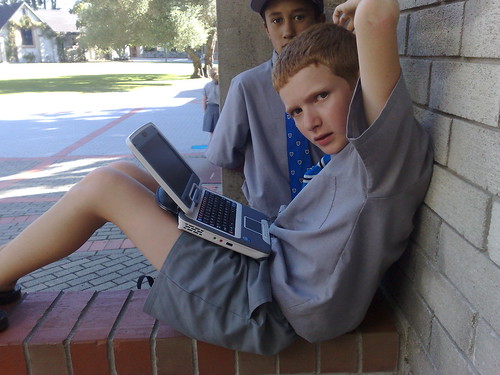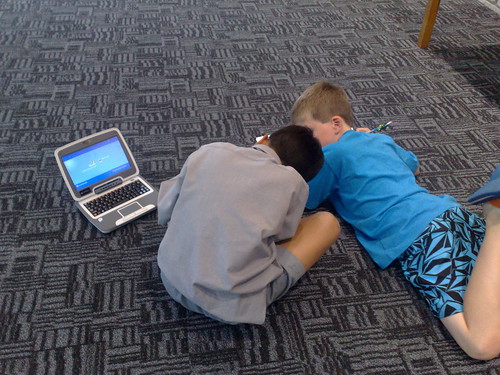Interest groups who have not met previously are developing networks and increasing capacity across the schools
As it has grown we are needing to change
A key role of our regional group is to provide school leaders with information about leading change, engaging with and building community the power of networks and cross school moderation and sharing.
The scale and size of the community will be determined by what it means to principals, leaders and teachers. Communication methods have changed now that we have over forty schools who want to belong.
Push vs Pull
Communication structures are important and the balancing of push vs pull mechanisms are a challenge. Here’s how we see the conflict. Push being things we send (encouraging attendance, informing) without letting people decide if they want that information. Pull being things we can provide for people that have asked for them eg interest groups, web sites.
We have looked at various ways of matching written, email and website communication. Registrations and memberships are one thing but keeping a community up to date is another.
We have also approached the regional Principal’s group to try and get a face to face opportunity.
Placing our network within others and connecting through them is a goal. Relying on one central network we felt was unsustainable as was proceeding through gatekeepers to people who have their own connection points. Especially when it came to email communication
Why did this need doing?
This means getting the communications mechanisms right for a regional group if it is to be sustainable and effective.
What did we learn as we did this?
What we learned is that the systems need to be wherever possible streamlined and for the division of roles to be established with the administration group i.e. financial control, membership communication, e-mail communication, association with other groups eg principals groups. We see it is important to use face-to-face and person-to-person contact to establish an understanding of what membership has to offer. Offering other ways of communicating is vital to let friends hear the messages they want to and to talk back.
The ways to gather up a community needs to be varied so that we develop an overall effect of clear timely communication.
What have we achieved? What did this mean for you?
We have been working hard to get the contact addresses for members within the primary sector into categorise schools so that we might be able to send information appropriate to their needs such as secondary and primary groups. We have extended the belonging offer to Waipa, Matamata Piako and the Waikato region. This helps interest groups develop critical mass.
How do we know it's working?
We know we have some communications do because we only have six members schools from the secondary sector. Information from schools outside of the Hamilton district expressing interest in membership shows that they are watching us to communicate with them and to have an option for professional learning in the area of ICT. We also knew that we needed to address this issue and make decisions around how and when to communicate to members. Because of a greater allocation of funding was in the final year of the contract we are adding things to the programming as we proceed forward. Our previous mechanisms were insufficient.
What advice would you give others trying to do this?
Our advice to others and achieve this is to utilise automation tools and have ongoing reflection as to how we are reaching our community. We are looking to utilise mailchimp as a method of collecting addresses for contact and allowing people to choose what they wish to be informed about, how regularly etc. Event registrations through google forms are used to record contacts for updates and happenings.



































